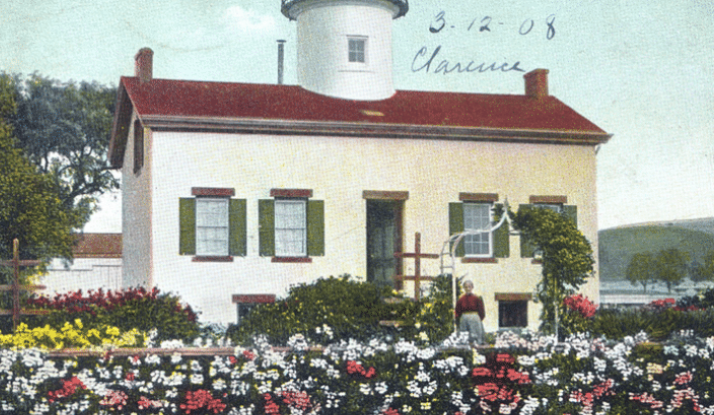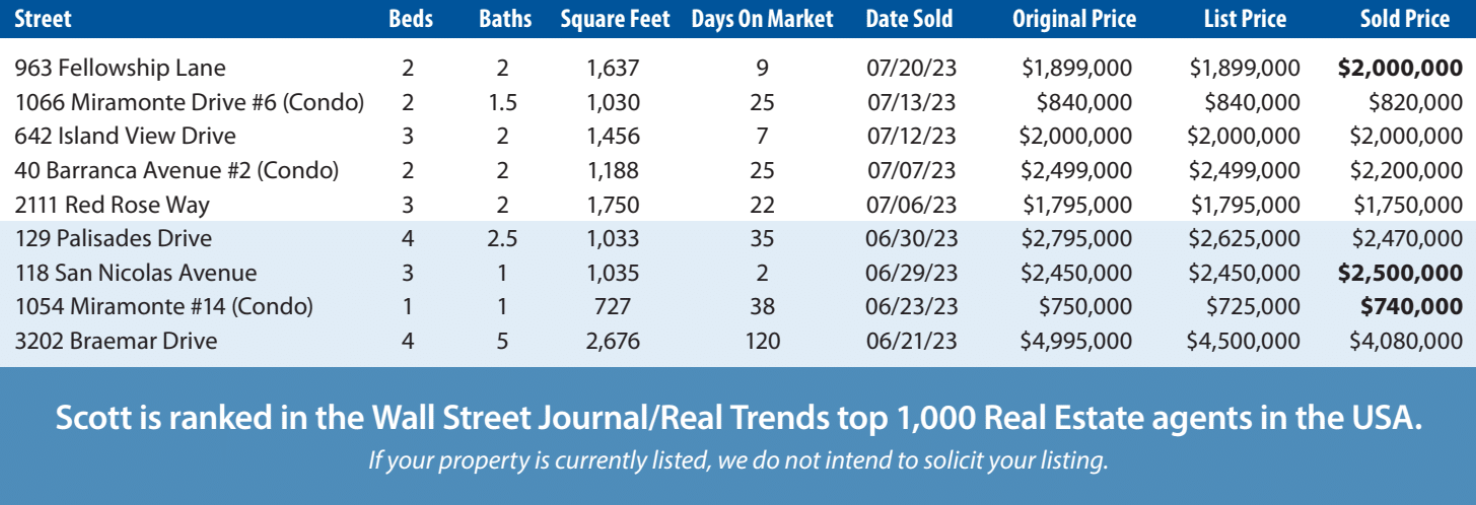The Mesa, a flat bench of land extending from Arroyo Burro Beach to the bluffs above Santa Barbara City College, has a rich history. Thousands of years ago, this area included the oceanfront, but geological changes caused a section to descend below sea level. Over time, Mission and Sycamore Creeks filled in the depression, creating the space where downtown Santa Barbara would eventually be built. The Mesa is bordered by the Mesa Fault or Mesa Bluff, now known as TV Hill due to the presence of KEYT, a local television station.
The Mesa is one of the oldest historical sites in Santa Barbara, with excavations revealing remains of 6000-year-old Indian villages at SBCC. However, it is also one of the youngest residential districts.
Due to its seclusion and difficult access, the Mesa remained isolated for a long time. Downtown and Montecito were the main routes, bypassing the Mesa completely. The short beach on the Mesa is protected by steep bluffs, and the land slopes gently upward towards the hills, discouraging climbing. To reach downtown, one had to take a path similar to today’s Cliff Drive.

In 1850, federal interest, as well as state and city hood,came to the Mesa. Captain Albert Williams was sent to construct a lighthouse on the Mesa, which he completed in 1856. Williams and his wife, Julia, lived at the lighthouse,and Julia tended to the light for 40 years after her husband tired of the responsibility. The Mesa’s fertile soil and moist air made it ideal for agriculture, and by the 1880s, farming occupied most of the land. The presence of successful farms prevented urbanization during the following decades.
Mesa Market Report
(June – July 2023)

Notable landmarks on the Mesa included “Dibblee’s Castle,” a mansion built by Thomas Dibblee in 1886, and the lighthouse, both of which were destroyed in the 1925 earthquake. The Mesa also experienced an oil boom in the 1920s, but it was short-lived and considered played out by the early 1940s.
The Mesa attracted various visionaries, including artists like Carl Oscar Borg and Ed Borein, who built studios and homes in the area. A religious cult called the “Fellowship Group” made its impact on the Mesa in 1919, but internal dissension and the oil boom led to its downfall.
After World War II, the Mesa experienced a housing boom, with the return of GI’s building homes. The Marine Terrace subdivision, established in 1951,marked the first large-scale development in Santa Barbara. Today, the Mesa is home to around 12,000 people living in their own single-family homes. The area has seen a recent rebuilding boom, with former affordable homes being replaced by multi-million-dollar properties.
The Mesa’s unique charm, lower density, and high home ownership rate have made it one of the most desirable neighborhoods in Santa Barbara. The La Mesa Improvement Association, established in 1928, plays a vital role in organizing the community and preserving the Mesa’s enviable lifestyle.





